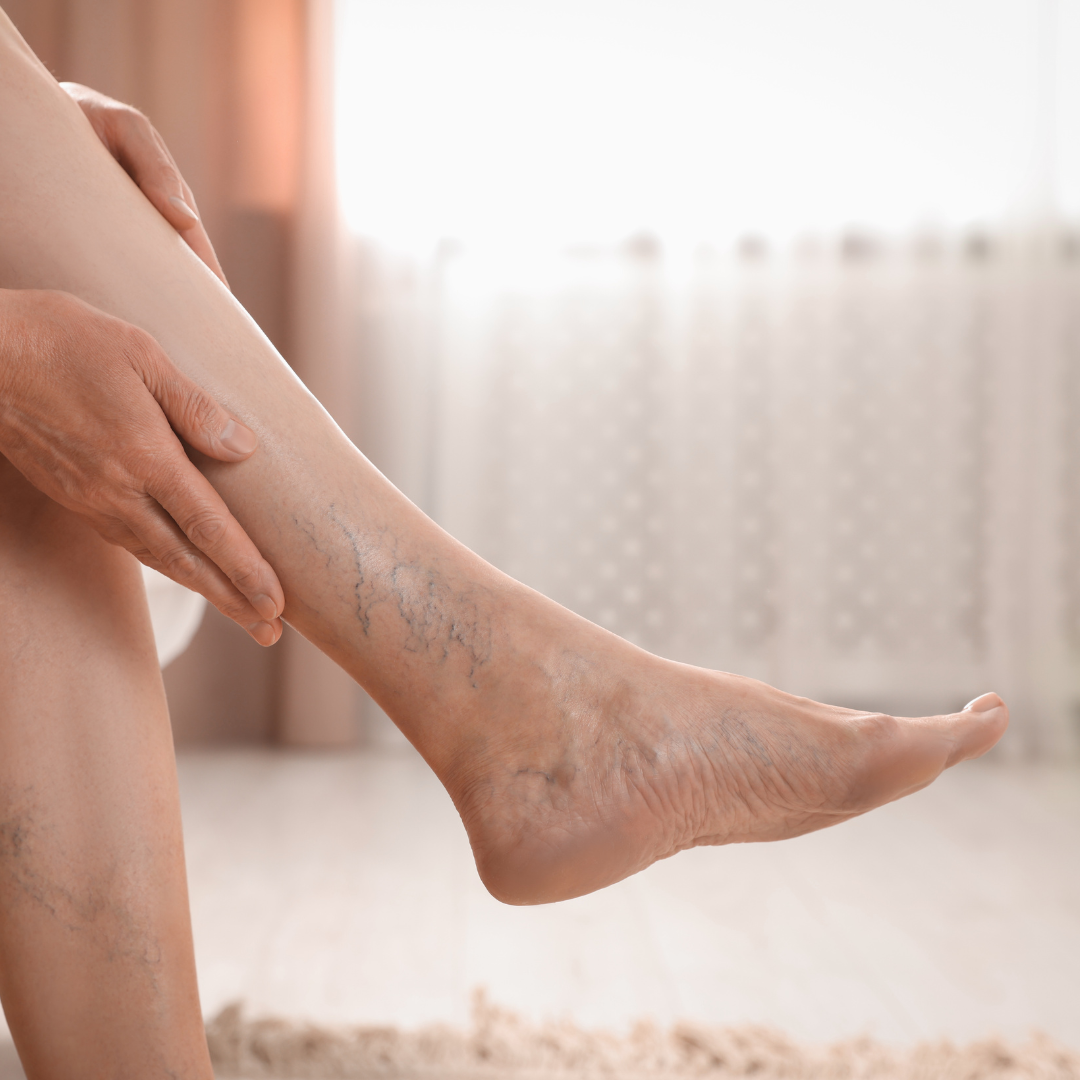If you’re one of the millions of Americans living with varicose veins, you know they’re…
Why you should wear compression stockings during your summer travels
When packing for your summer trip, whether by air or car, consider including compression socks or stockings as part of your essentials, especially if you have varicose veins or are at a high risk for a deep venous disorder like DVT (deep vein thrombosis). Inactivity from sitting on a plane or in a car for too long can result in poor blood flow and the potential for dangerous blood clots or DVT.
What are compression stockings?
Compression stockings are long garments designed to help promote circulation and reduce swelling in the legs.
The fabric is tightly woven to create a gentle squeezing and stimulating sensation up through the legs to encourage healthy blood flow to the heart.
What is DVT?
Deep vein thrombosis (DVT) is a rare but serious condition that occurs when a blood clot forms in the legs due to poor circulation. If the blood clot breaks off and travels up the veins towards the lungs, it could cause lung or even heart failure.
Signs of DVT include:
- Swelling, aching, or tenderness in the leg, usually near the calf or thigh
- Red, patchy skin on the leg at the site of pain
- Warm or hot feeling skin to the touch
DVT is a condition that our team of board-certified vascular surgeons and vein specialists treat frequently in our vein treatment centers in Austin, Georgetown and Kyle.
How can you choose the right fit compression stockings?
Compression stockings should feel snug and comfortable. They should be tight enough to stay pulled up on their own and not sag, but not be too tight so they are causing pain. They are available in a variety of colors and lengths, including knee-high and thigh-high options, panty hoses and socks.
The intensity of compression stockings is labeled in figures of MmHg, or millimeters of mercury pressure. The higher the number, the stronger the compression. We typically recommend 15-30 mmHg compression.
Other tips for boosting leg circulation while traveling include:
- Getting up as often as possible to move or walk around, even in short spurts.
- Staying well hydrated and drinking plenty of fluids to help with blood flow.
- Keeping active even while seated by doing small leg circles or ankle flexes and stretches.
If you suspect that you are suffering from DVT while traveling, get help immediately once you reach your destination.
To schedule an appointment with a vein specialist in Austin, please contact us here or call 512.452.VEIN (8346), or 512.501.4287 for our clinic in Georgetown, and 512.651.8420 for Kyle.



